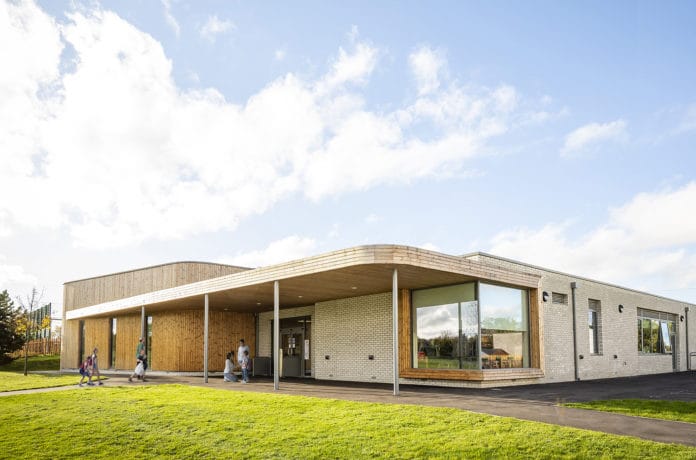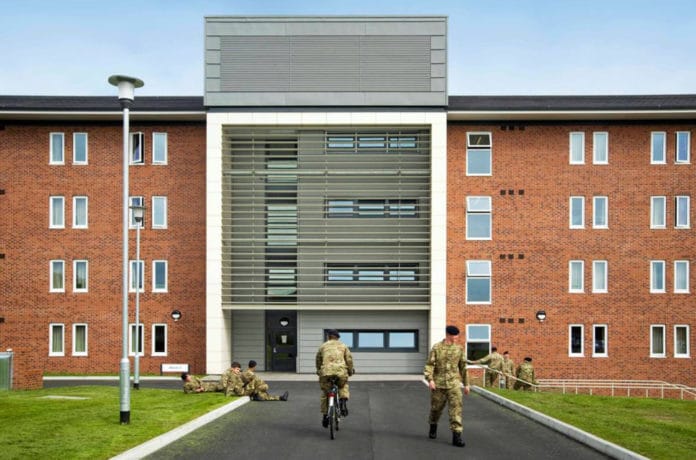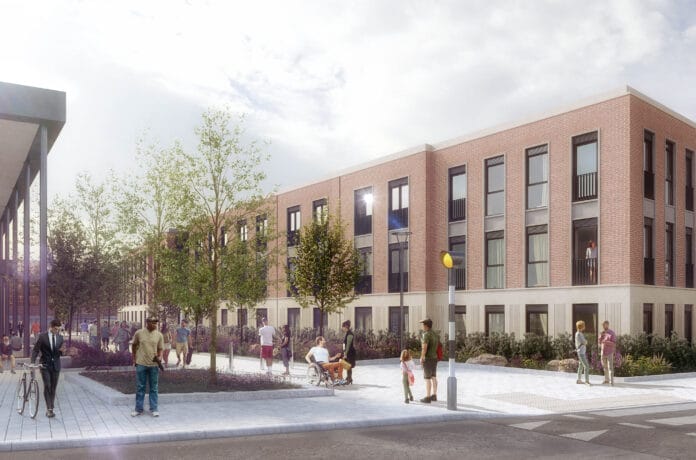
We are in a period of change which will continue to evolve for some time. We have jumped forward in digital processes and the methods we use for construction are increasingly reflective of this fact. The increased conversation around Modern Methods of Construction (MMC) is indicative of technological developments that the industry continues to make, which enable greater efficiency in the construction process.
“Successful delivery of MMC requires adoption of a philosophical approach to Design for Manufacture and Assembly (DfMA) that includes developing continuous improvements in the construction process that benefit the environment, the construction industry, and, more importantly, the end users of the buildings produced.”
The government has taken a lead on promoting the use of MMC, prompting conversation, and providing accessible materials to encourage implementation the various methods. The Construction Playbook, and National Infrastructure Strategy for example, provide guidance and aim to get the best value from construction, by harnessing many of the benefits MMC can offer – improved Health & Safety, better quality, reduced programmes, and designing for Manufacture & Assembly to name a few. However, the variants that the term ‘MMC’ covers are still, to some extent, misunderstood.
The nature of an umbrella term that encompasses ‘modern’ methods is such that it is open to both evolution and interpretation. Indeed, the categories that fall under the MMC definition have grown and developed and, it was only in 2019 that the UK government published the MMC definition framework, providing a clear and comprehensive guide to the different categories, some of which aren’t actually very ‘modern’.
Contrary to popular belief, currently MMC most frequently applies to the manufacturing of components/assemblies for construction, rather than only to three-dimensional modules. Mass-manufacturing of steel and timber panelised frames, some wall cladding systems and highly serviced ‘pods’, all count as MMC, and yet a frequent misapprehension when faced with the term MMC is the poor technical performance and appearance of the ‘terrapin’ structure often utilised for school classrooms in the mid-late 20th century. A far cry from what many people believe constitutes MMC, the term is wide-ranging, and extends to technological developments, such as 3D printing, as well as general improvements to on and offsite processes and materials.
MMC is about more than just churning out identical, bland cubes that fit together to cheaply deliver projects: Successful delivery of MMC requires adoption of a philosophical approach to Design for Manufacture and Assembly (DfMA) that includes developing continuous improvements in the construction process that benefit the environment, the construction industry, and, more importantly, the end users of the buildings produced.
The stigma around MMC is one that not only sits with the public. Throughout the construction industry, there is often reticence in adopting ‘MMC’ as an approach – but in fact, many projects will, almost as a matter of course, utilise aspects that now feature within an MMC category (as defined within the MMC Definition Framework). We have identified strong synergies between MMC and Passivhaus design, and there are countless possibilities for MMC elements to be included within retrofit projects – we need to embrace the benefits and improve the efficiency of design more widely to raise quality, reduce programme, enhance value and deliver sustainable, socially responsible outcomes.
HLM strive to design creative, bespoke buildings that sustainably address user needs and client requirements whilst utilising common and repeatable components. The refinement of the HLM MMC roadmap, based on a philosophy of ‘Think: Offsite’, will encourage and assist clients, collaborators and colleagues to integrate MMC from the outset of a programme or project and The RIBA DfMA Overlay to the Plan of Work and accompanying report is a really useful guide to embedding MMC into construction projects.
The challenge for us is to utilise these methods to create architecture that people are proud to design, construct and inhabit. We need to prioritise the education of the profession and wider industry in how and why working smarter, not harder, is possible through using MMC.
After all, a key aim of using MMC in the design and delivery of projects should be that to end users, it shouldn’t be recognisably different to a traditional build.
So, Let’s educate, collaborate and be brave – Think: Offsite


